The Noahic Covenant is one of the foundational covenants of Scripture. Made between God, Noah, and all living creatures after the flood, it reveals critical truths about God’s mercy, His governance over creation, and His faithfulness to His promises. This covenant impacts all humanity even today. Let us explore when it was made, why it was given, and what it means for us.
Judgment and Renewal
The Noahic Covenant comes after one of the most catastrophic judgments in history, the global flood. Humanity had become utterly corrupt, and violence filled the earth:
“Then the LORD saw that the wickedness of man was great in the earth, and that every intent of the thoughts of his heart was only evil continually.”
(Genesis 6:5)
God determined to destroy all flesh, but Noah found grace in His eyes (Genesis 6:8). By faith, Noah obeyed God’s command to build an ark, preserving his family and representatives of all living creatures. After the waters receded and the earth was cleansed, Noah emerged into a world washed of its former corruption. It was then that God established His covenant.
When and With Whom Was the Covenant Made?
The covenant was made immediately after the flood when Noah built an altar and offered burnt offerings to the Lord:
“Then Noah built an altar to the LORD, and took of every clean animal and of every clean bird, and offered burnt offerings on the altar. And the LORD smelled a soothing aroma. Then the LORD said in His heart, ‘I will never again curse the ground for man’s sake, although the imagination of man’s heart is evil from his youth; nor will I again destroy every living thing as I have done.’”
(Genesis 8:20–21)
This act of worship preceded the formal covenant, showing that sacrifice and covenant go hand in hand. God then spoke to Noah and his sons, confirming the covenant:
“And I will establish My covenant with you; never again shall all flesh be cut off by the waters of the flood; never again shall there be a flood to destroy the earth.”
(Genesis 9:11)
Unlike later covenants that were limited to Israel (such as the Mosaic covenant), the Noahic Covenant was made with all humanity and with every living creature on earth (Genesis 9:8–10). This makes it universal and enduring, applying to all generations until the end of time.
The Terms and Promises
The central promise of the Noahic Covenant is clear: God will never again destroy all life with a flood. However, the covenant includes several important elements:
“While the earth remains, seedtime and harvest, cold and heat, winter and summer, and day and night shall not cease.”
(Genesis 8:22)
This means the stability of creation is guaranteed by God’s word. Seasons, cycles of planting and harvest, and the rhythms of life will continue until the consummation of history.
God also gives directives for human behavior under this covenant:
“Be fruitful and multiply, and fill the earth… Every moving thing that lives shall be food for you. I have given you all things, even as the green herbs. But you shall not eat flesh with its life, that is, its blood.”
(Genesis 9:1, 3–4)
God blesses humanity with the same command given to Adam: be fruitful and multiply. He also permits the eating of meat, something not mentioned before the flood, but it does forbid consuming blood, because life is in the blood (Leviticus 17:11). Furthermore, God establishes a principle of justice:
“Whoever sheds man’s blood, by man his blood shall be shed; for in the image of God He made man.”
(Genesis 9:6)
This introduces human responsibility for capital punishment, underscoring the sanctity of life. Murder is an assault on the image of God and requires justice.
The Sign… A Rainbow
God gave a visible sign to confirm His covenant:
“I set My rainbow in the cloud, and it shall be for the sign of the covenant between Me and the earth… The rainbow shall be in the cloud, and I will look on it to remember the everlasting covenant between God and every living creature of all flesh that is on the earth.”
(Genesis 9:13, 16)
The Hebrew word for “sign” here is ’oth, it is the same word used for the mark placed on Cain after he murdered Abel (Genesis 4:15). In both cases, the mark was not for God’s benefit but for man’s assurance. For Cain, it was a sign of protection from vengeance. For Noah and all generations, the rainbow is a sign of God’s mercy restraining judgment. The mark of Cain declared, “You will not be destroyed,” and the bow in the clouds declares, “The earth will not again be destroyed by a flood.”
This shows us something profound: the signs God gives are always physical tokens of His covenant promises. They remind humanity of divine mercy amid judgment. The rainbow arches across the sky after the storm like a weapon hung up, its bow pointed away from the earth, signaling peace instead of wrath. It is a sign of grace against the backdrop of judgment, a testimony that God’s promises are sure and unchanging.
Why Did God Make This Covenant?
God’s reason is rooted in His mercy and purpose for creation. Though the flood cleansed the earth, it did not eradicate sin. God Himself acknowledged this:
“Although the imagination of man’s heart is evil from his youth.”
(Genesis 8:21)
Despite this, He pledged never to destroy all life again. This covenant guarantees the stability of the natural world, making redemption still possible. Without it, fear of another global judgment would overshadow every generation. The Noahic Covenant anchors hope: God will sustain creation until His redemptive plan is complete.
God’s Larger Plan
This covenant points forward to the ultimate covenant in Christ. Though it promises restraint from judgment by water, it foreshadows another judgment, this time by fire:
“But the heavens and the earth which are now preserved by the same word, are reserved for fire until the day of judgment and perdition of ungodly men.”
(2 Peter 3:7)
The rainbow speaks of mercy, but the cross speaks of salvation. The Noahic Covenant preserved the world for the coming of Christ, in whom God offers eternal life and deliverance from the ultimate judgment. Peter draws a direct parallel between the flood and salvation in Christ:
“There is also an antitype which now saves us—baptism (not the removal of the filth of the flesh, but the answer of a good conscience toward God), through the resurrection of Jesus Christ.”
(1 Peter 3:21)
Just as the ark saved Noah from the waters of death, so Christ saves all who take refuge in Him. The Noahic Covenant keeps the door of history open until that salvation is complete.
What It Means for Us Today
The Noahic Covenant assures us that God governs the world with faithfulness. Seasons will continue. Life will endure. God’s creation order stands firm. This allows us to live without fear of cosmic chaos and trust that God’s purposes will prevail.
It also reminds us of God’s patience. He withholds final judgment not because sin is insignificant, but because He is giving time for repentance:
“The Lord is not slack concerning His promise, as some count slackness, but is longsuffering toward us, not willing that any should perish but that all should come to repentance.”
(2 Peter 3:9)
The rainbow in the sky should cause us to worship, not merely for beauty, but for what it declares: God keeps His promises. And if He has kept this covenant for thousands of years, we can trust every other promise He has made in Christ.
My Final Thoughts
The Noahic Covenant is more than an ancient agreement; it is a testimony to God’s mercy and faithfulness. Though humanity deserves judgment, God restrains His wrath and sustains life for the sake of His redemptive plan. Every rainbow is a sermon: grace triumphs over wrath. And every sunrise is a reminder that God’s purposes stand firm until Christ returns.
As we reflect on this covenant, let it stir faith in the God who cannot lie. The God who promised never to flood the earth again has also promised eternal life to all who trust His Son. The covenant of preservation points to the covenant of salvation. One guarantees that the world will not end in water; the other guarantees that those in Christ will never taste eternal death.

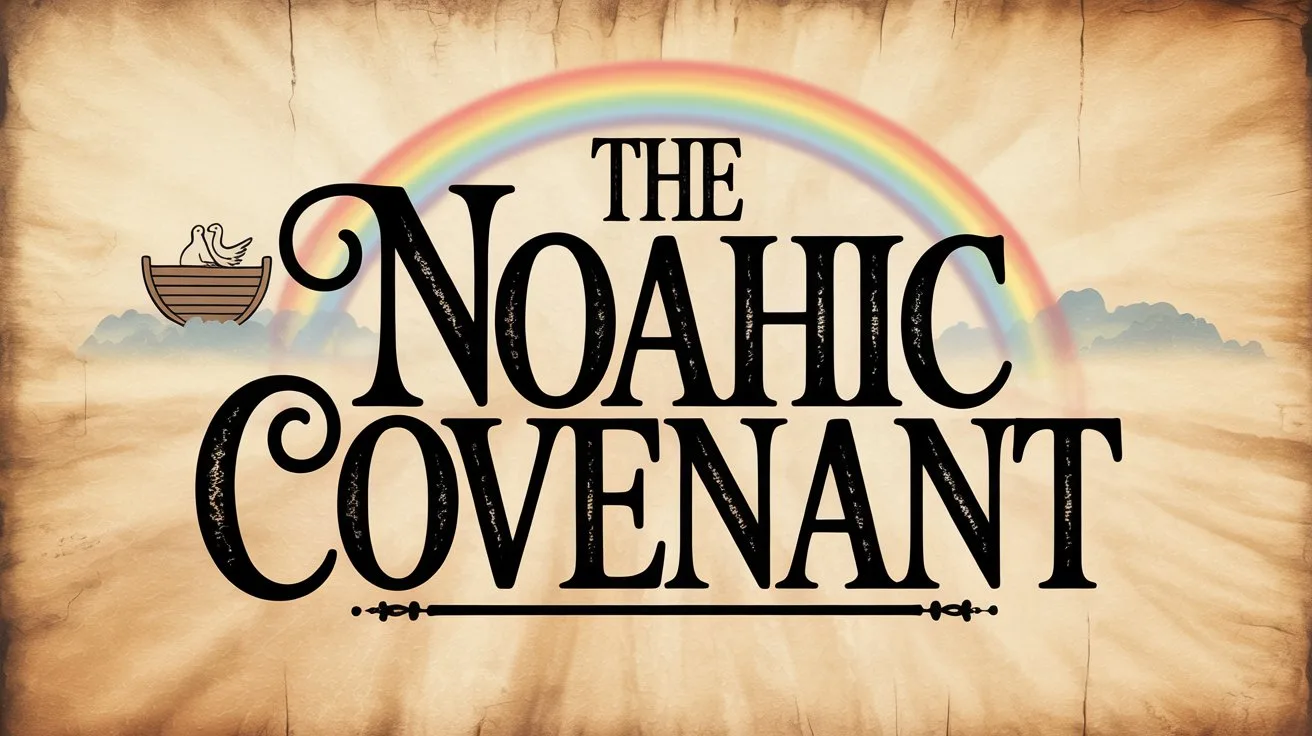
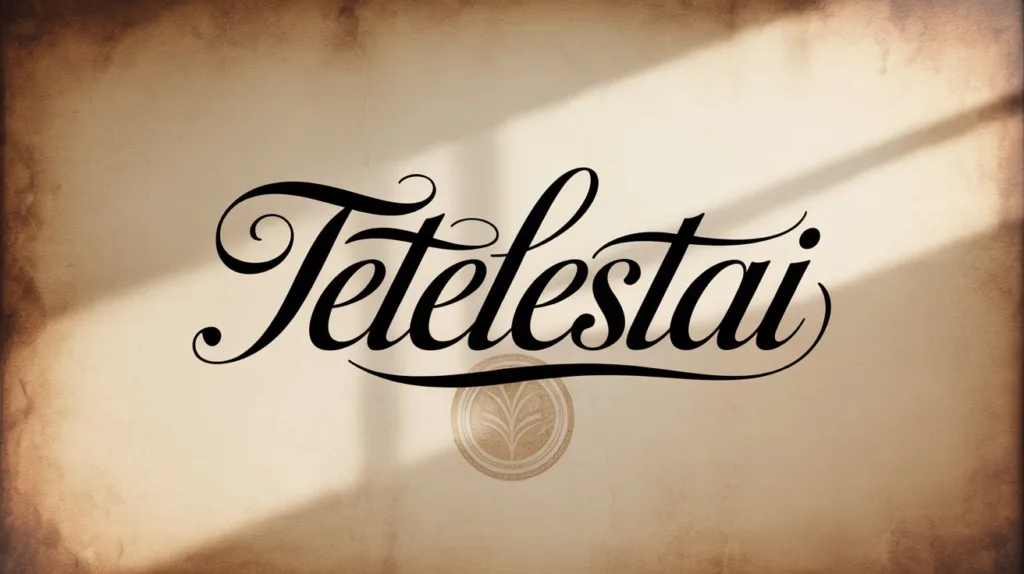
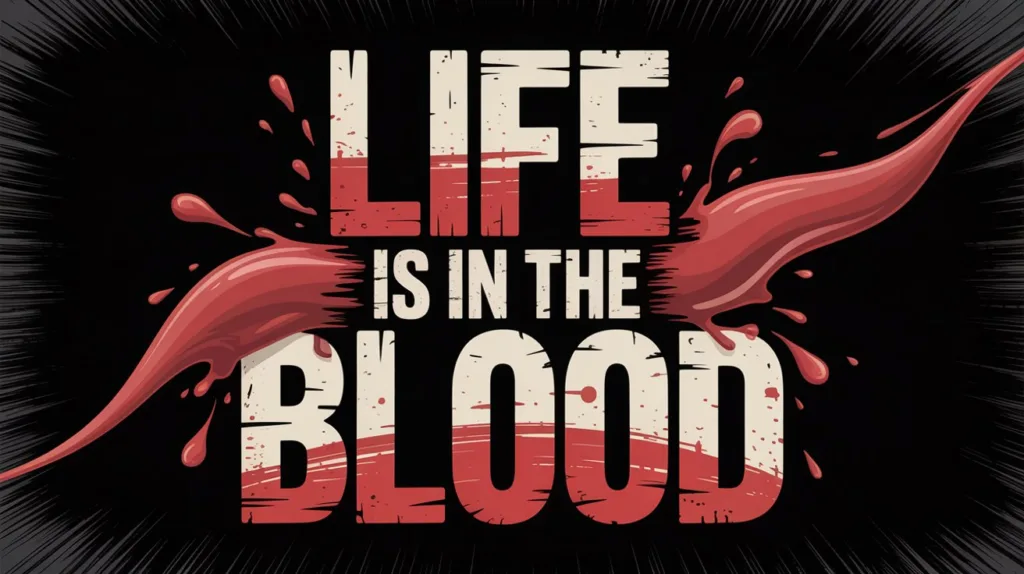
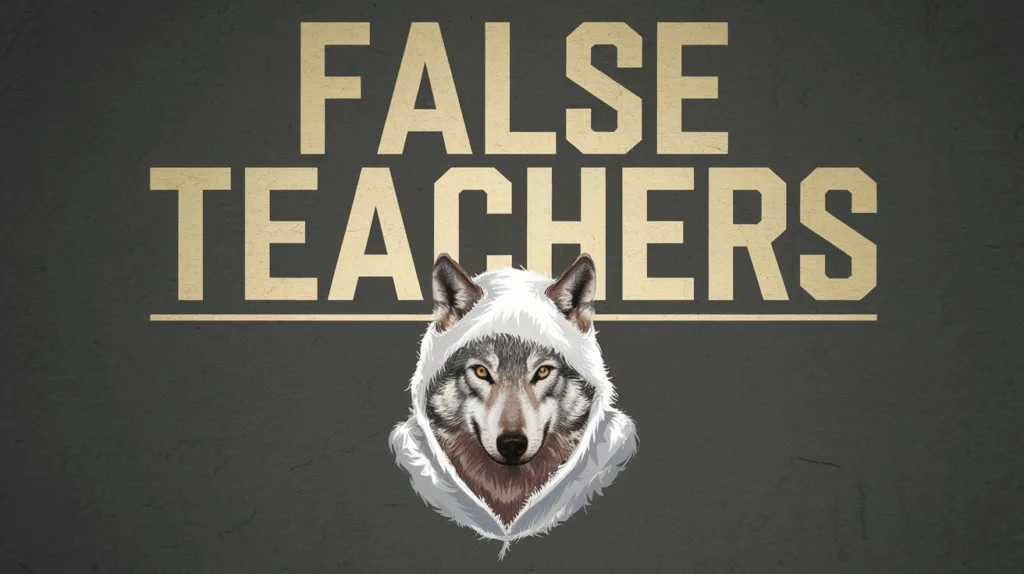
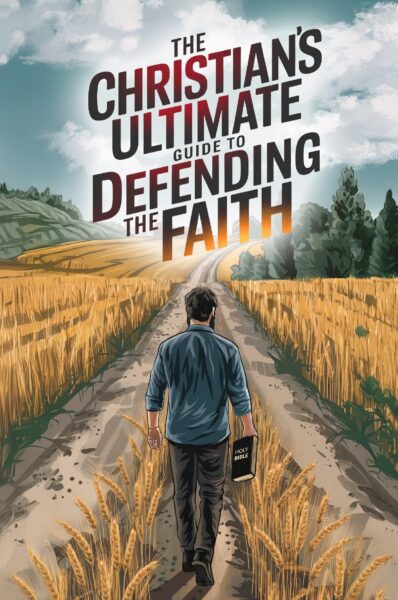 Get the book that teaches you how to evangelize and disarm doctrines from every single major cult group today.
Get the book that teaches you how to evangelize and disarm doctrines from every single major cult group today.